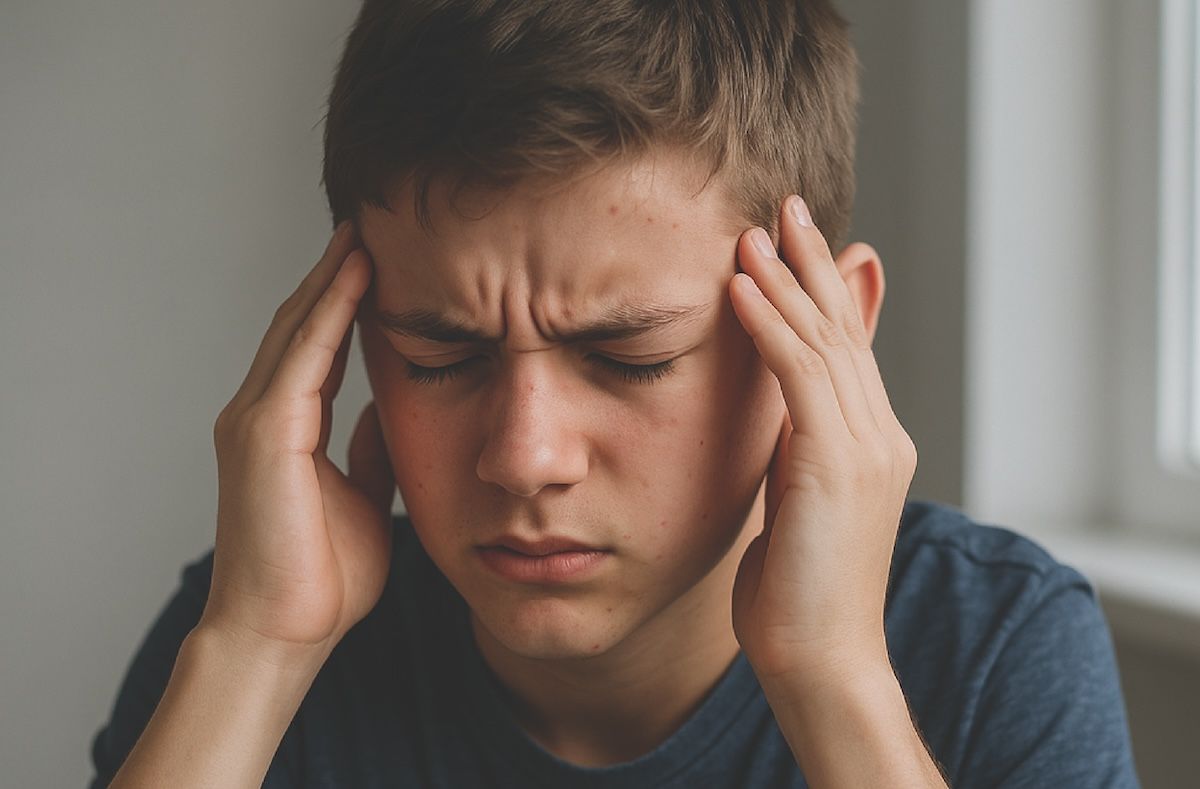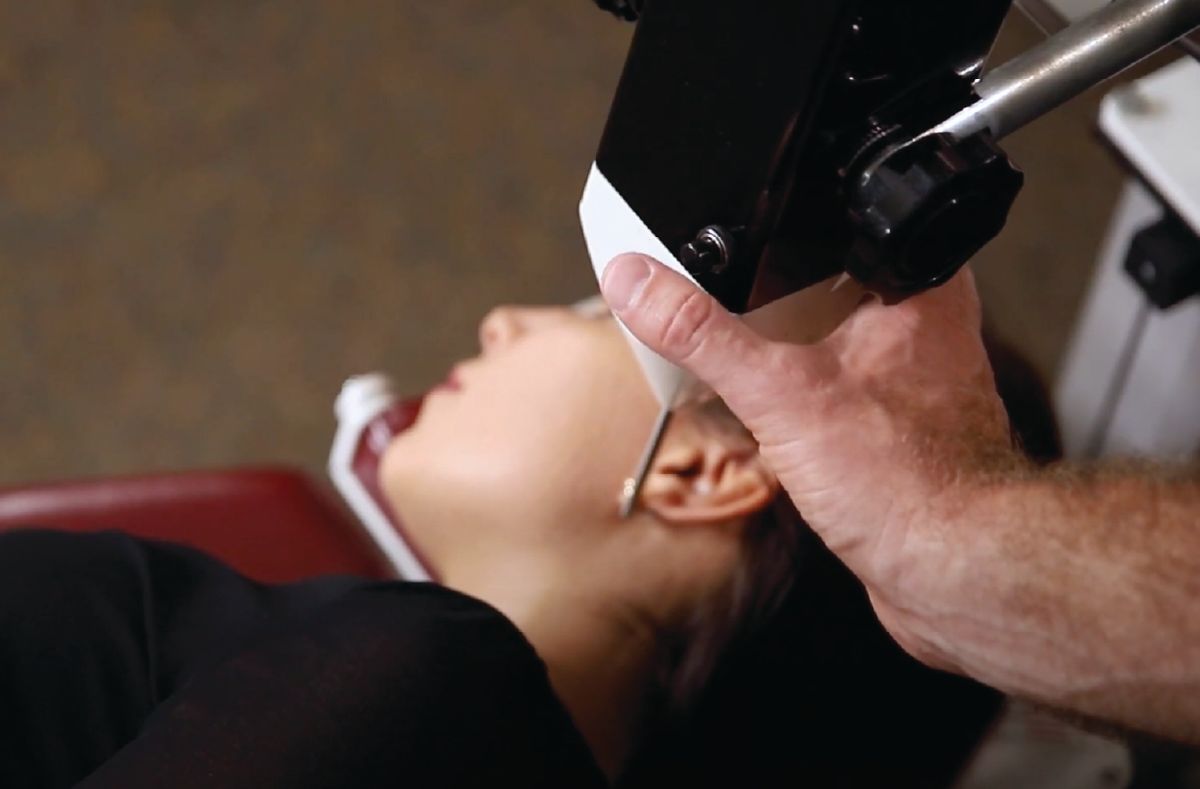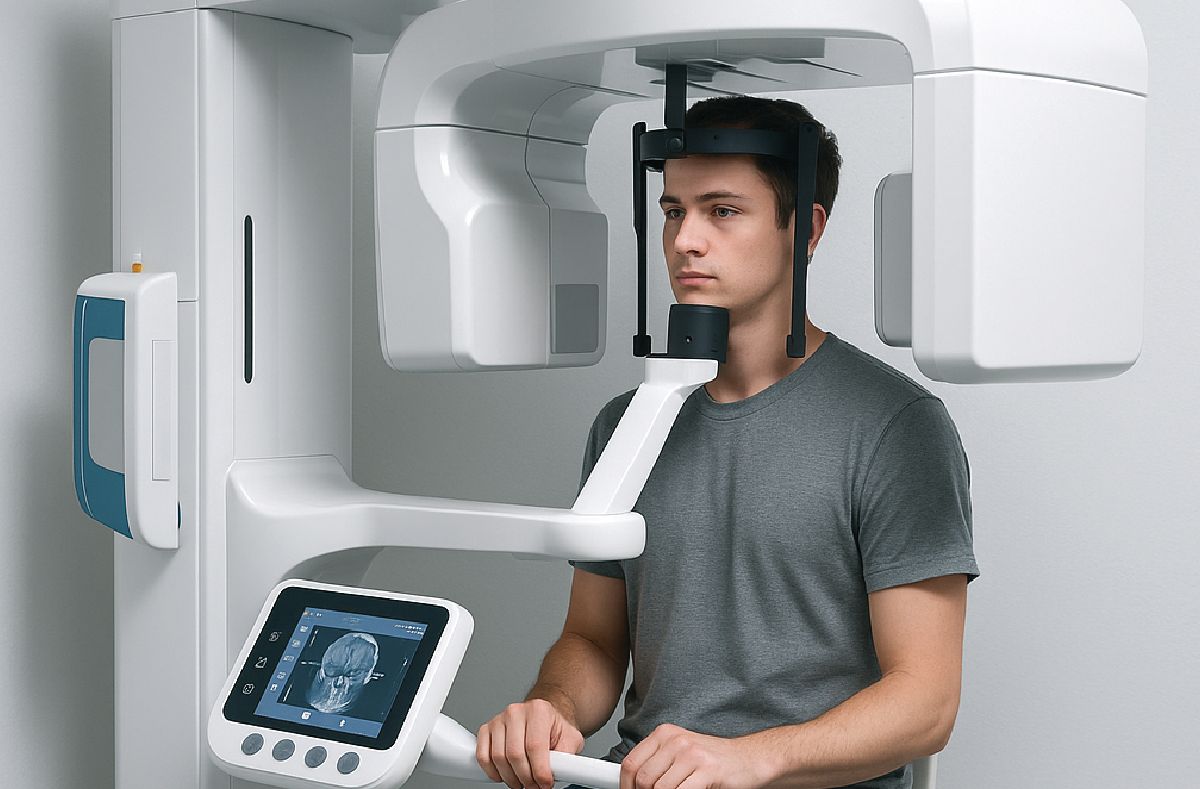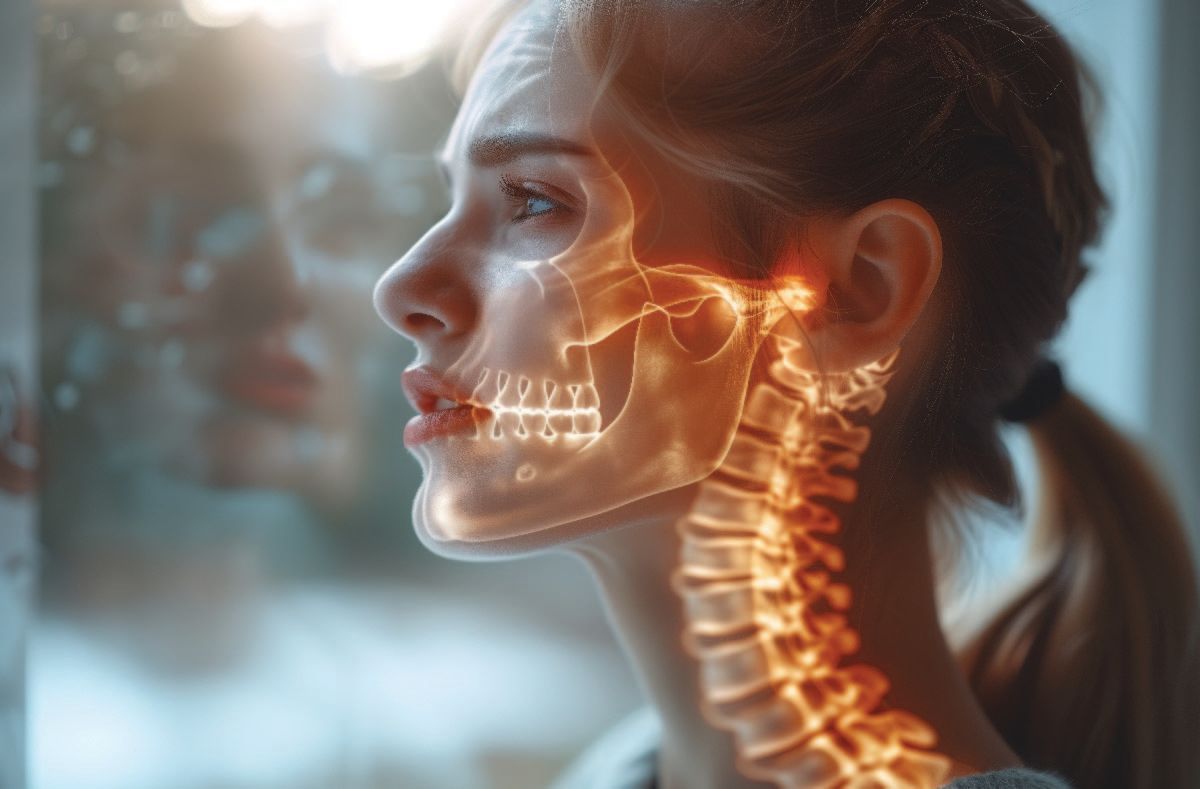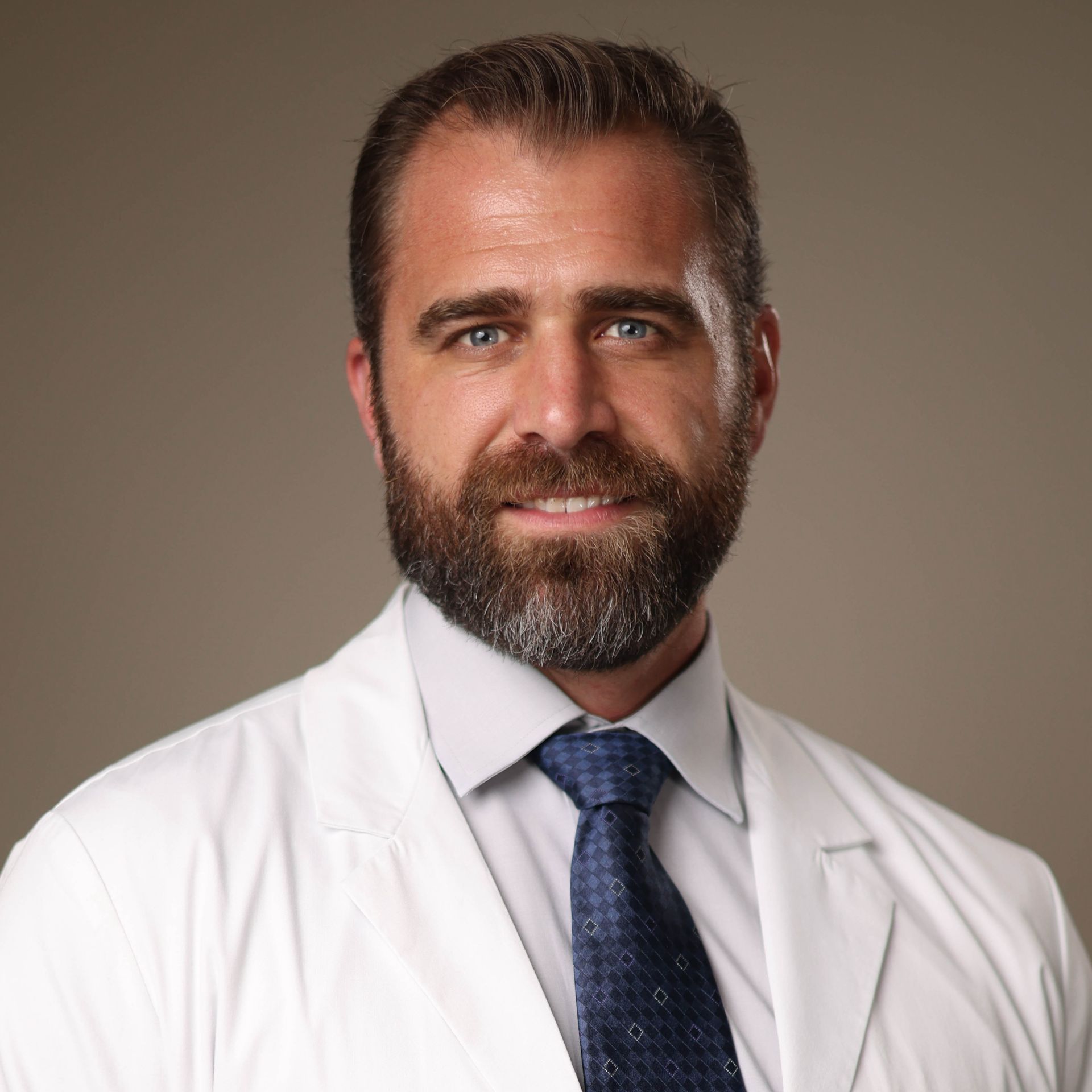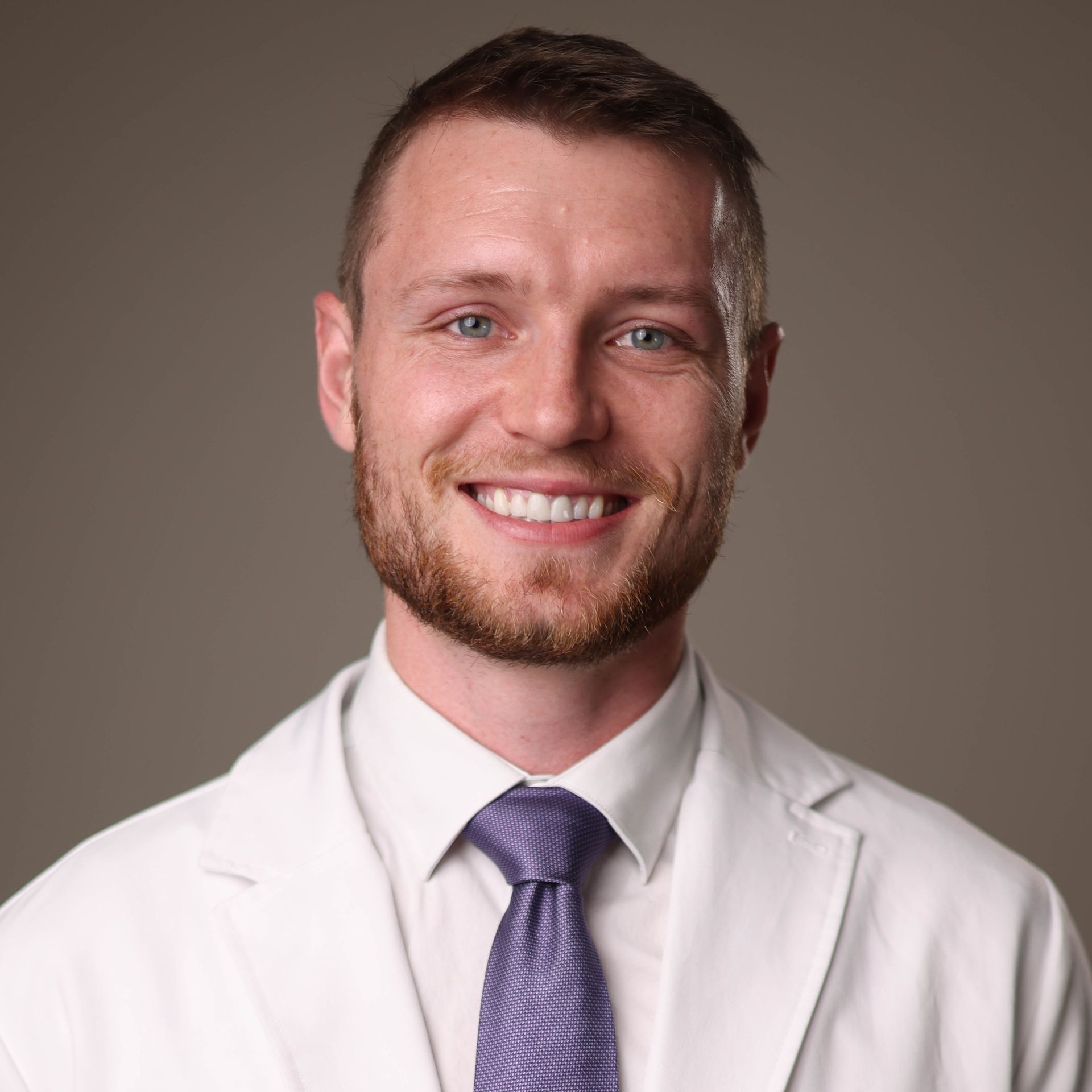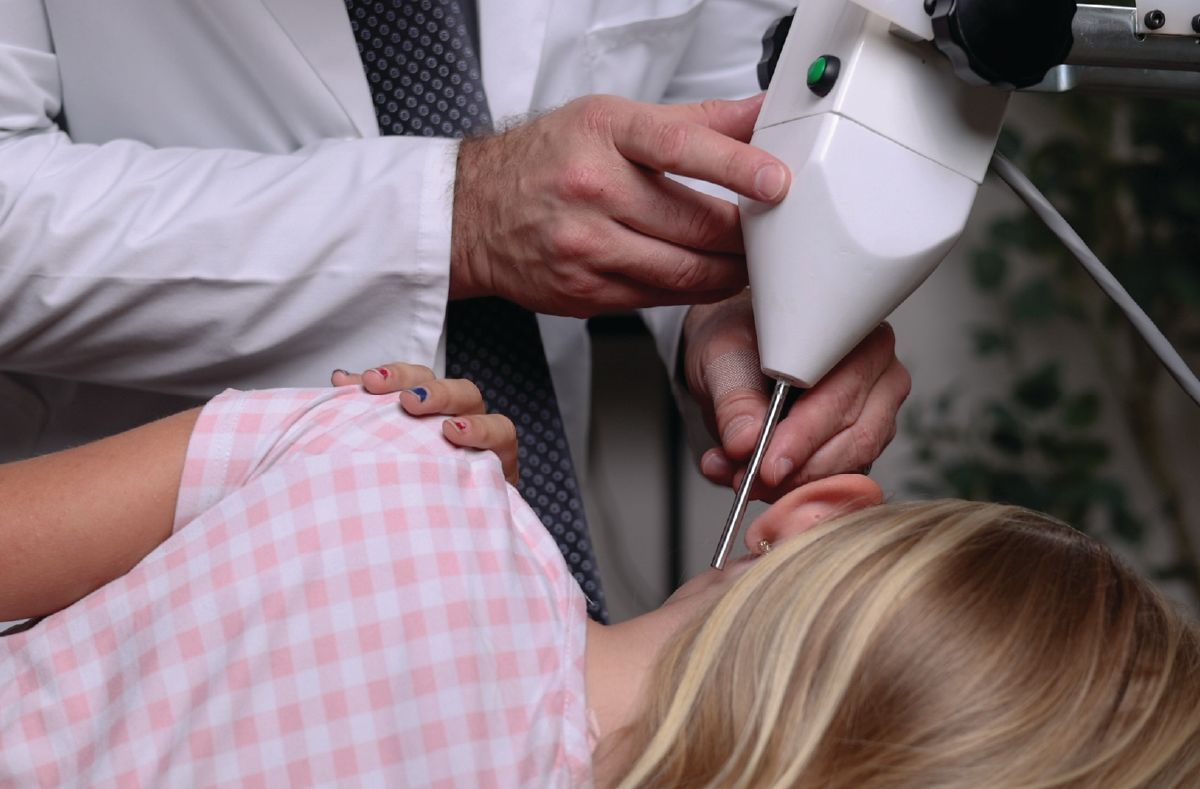A Brief History of POTS
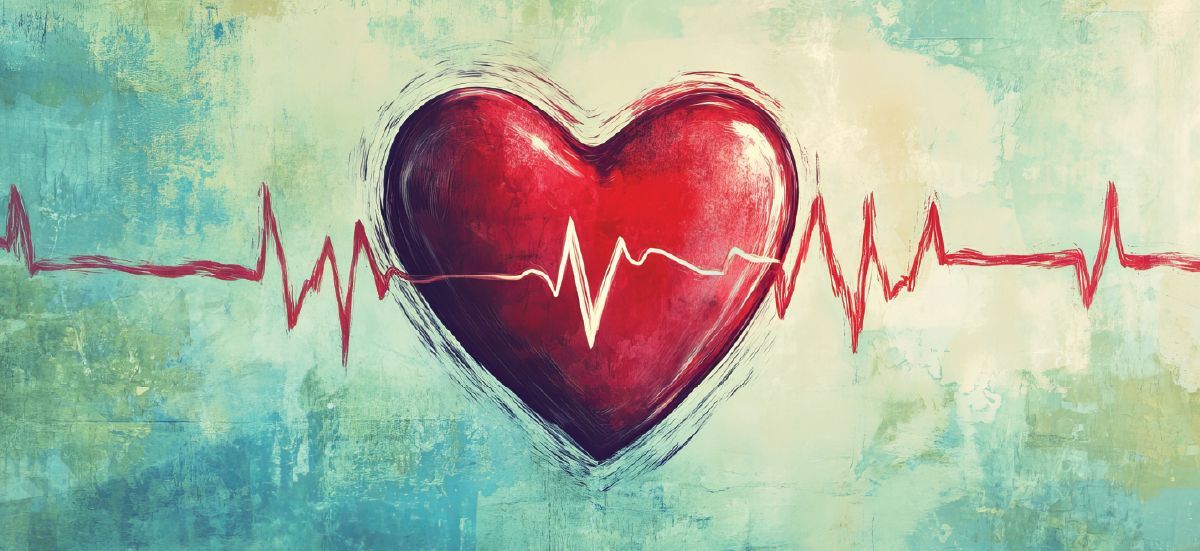
From “Soldier’s Heart” to Modern Science
Postural Orthostatic Tachycardia Syndrome (POTS) might sound like a modern diagnosis, but descriptions of similar symptoms go back more than a century. Doctors once called it “effort syndrome” or “soldier’s heart” when young recruits fainted or struggled with rapid heartbeats upon standing.
It wasn’t until the 1990s that Dr. Phillip Low and Dr. Ron Schondorf at the Mayo Clinic formally introduced the term POTS to describe patients with orthostatic intolerance—those whose heart rate jumped dramatically when standing without the expected blood pressure drop (Schondorf & Low, 1993). This unifying definition helped shape research and treatment around a condition that had long been misunderstood.
What Have We Learned About POTS Since Then?
Over time, scientists discovered that POTS is not one single disease but a syndrome with multiple drivers. Four major insights stand out:
- Hypovolemia (low blood volume): Many patients have reduced circulating volume, leading to fatigue and dizziness.
- Hyperadrenergic states: Some live in a constant “fight-or-flight” mode, with adrenaline surges driving symptoms.
- Deconditioning: Prolonged inactivity can weaken the heart muscle and reduce stroke volume.
- Exercise responsiveness: Graded, structured activity has been shown to reverse much of this imbalance.
Together, these findings have shifted care away from “just anxiety” toward real, measurable physiological changes.
Why This Matters for Patients
Because POTS is heterogeneous, treatment must be personalized. Some patients improve with fluids, salt, and compression, while others need exercise retraining or strategies that calm the nervous system.
At its core, progress often depends on empowerment: learning to pace, self-regulate, and gradually rebuild tolerance. That means long-term improvement is possible—even if the journey looks different for each patient.
The Upper Cervical Connection
At Cerebral Chiropractic, we also pay attention to the craniocervical junction (CCJ)—the area where the top of the spine meets the base of the skull. This region surrounds the brainstem, which regulates blood pressure, heart rate, and vagal tone.
When there is even subtle misalignment, pressure or irritation at this level may disrupt autonomic balance. That can amplify the very same challenges POTS patients face—like poor blood flow regulation, excessive sympathetic drive, and reduced vagal calming.
By restoring alignment, upper cervical care may help reduce brainstem stress, support healthier blood flow, and allow the body to better regulate itself. While not a standalone solution, it can be part of a comprehensive plan that includes hydration, exercise, and patient education.
Related Reading
- Raj SR. The postural tachycardia syndrome (POTS): pathophysiology, diagnosis & management. Indian Pacing Electrophysiol J. 2006 Apr 1;6(2):84-99. PMID: 16943900; PMCID: PMC1501099.
- Schondorf R, Low PA. Idiopathic postural orthostatic tachycardia syndrome: an attenuated form of acute pandysautonomia? Neurology. 1993 Jan;43(1 Pt 1):132-7. doi: 10.1212/WNL.43.1_Part_1.132. PMID: 8423877.
- Fu Q, Levine BD. Exercise and non-pharmacological treatment of POTS. Auton Neurosci. 2018 Dec;215:20-7. doi: 10.1016/j.autneu.2018.07.001. Epub 2018 Jul 4. PMID: 30001836; PMCID: PMC6289756.
More Articles




